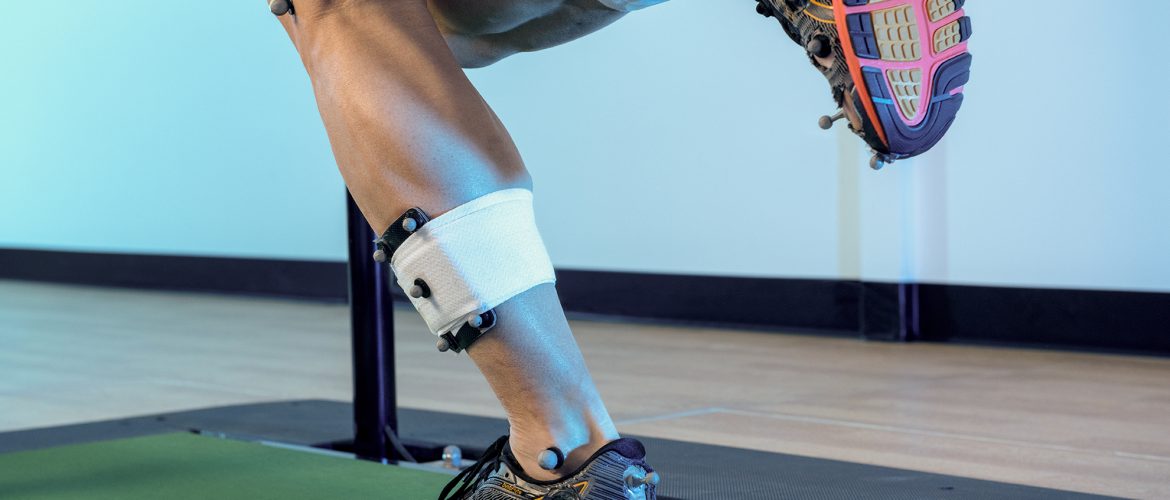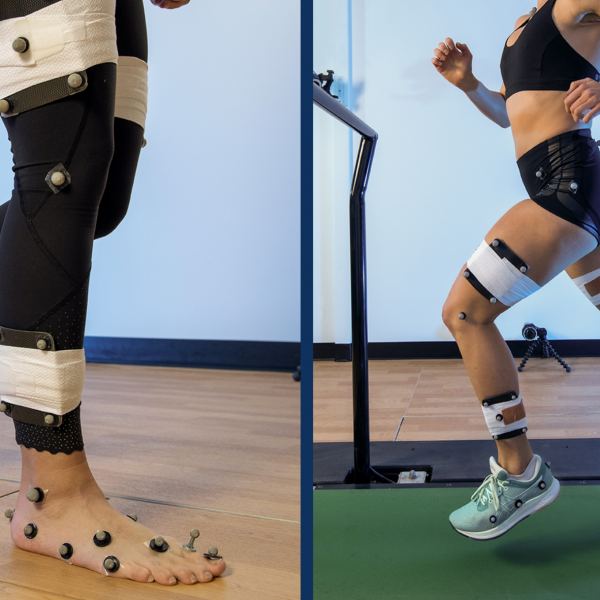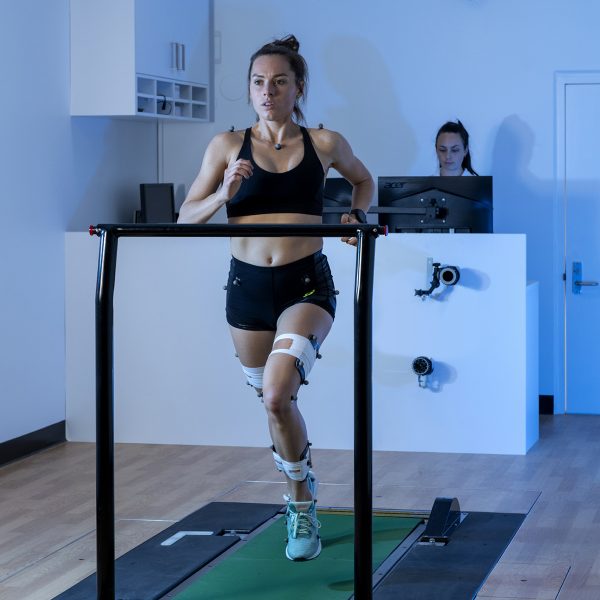When we walk, forces are applied to our body from the ground. The way we adapt to (and ability to tolerate) these forces explains a large proportion of musculoskeletal injuries.
How is Force Applied to the Body?
The laws of physics tell us that the ground applies a force back on the body that is both equal in size and opposite in direction. It is called the ground reaction force (GRF). And it is this force, the way that it is applied on the body and the way the body adapts to the force that often has a lot to do with why you might be experiencing pain or symptoms.
Why is Force Important?
The interaction of force with the human body is what many believe to be the cause of many common overuse injuries. In clinic, common presentations we see as a result of too much force include:
- Stress fractures
- Shin splints (or medial tibial stress syndrome)
- Knee pain
- Plantar heel pain (a.k.a plantar fasciitis)
Is there such a thing as too much Force?
Different people are able to handle different amounts of force. Your ability to handle force depends on the rate at which force is applied, your muscle strength, the density of your bones, the shoes you wear and how the body adapts to the force.
How do we Measure Forces applied to the Body?
To measure force applied to the body, we use force platforms. These are pieces of hardware that have load cells built within them that deform under a known load. This load is equivalent to the force applied and is then measured by the computer.
How does The Biomechanics Lab help you understand Force?
Our point of difference at The Biomechanics Lab is that we have the technology to measure the force through a range of different means:
- Our in ground force platforms can measure the ground reaction forces as you walk, run or jump
- Our instrumented treadmill can measure the forces when you run at high speed.
- Our in-shoe force insoles can measure the forces applied to the foot inside the shoe.
In addition to the technology, we also have the experience to understand how they are applied to your body when you walk, run or jump. Our biomechanists have 10+ years experience in the use of force platform analysis for the purposes of clinical decision making.
To conclude, where forces are applied, how the body adapts to the force, and how the muscles of the body change in function in response to these forces are all important clinical considerations that would not be possible without the use of force platform technology.





